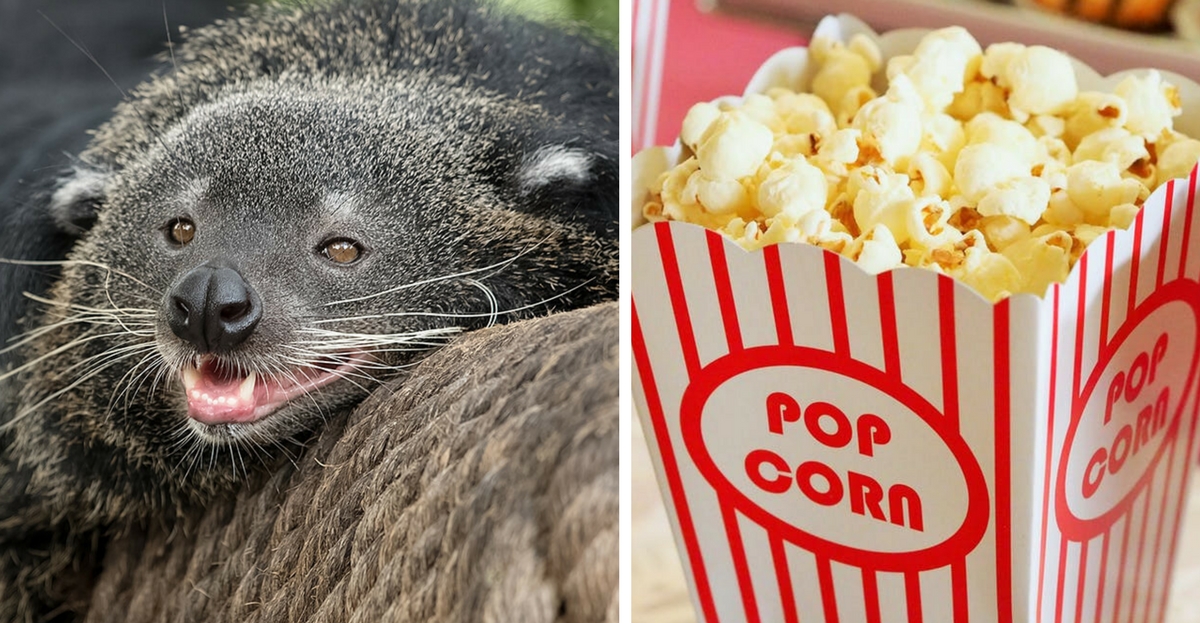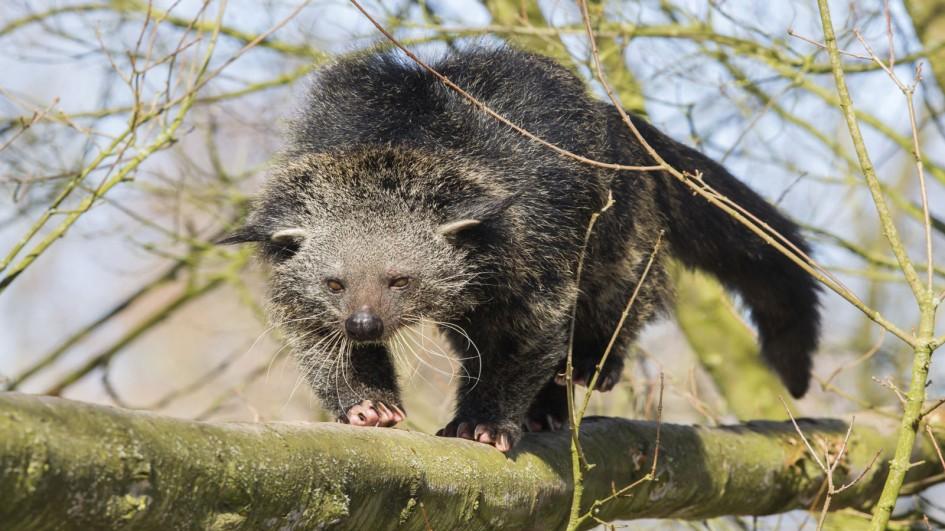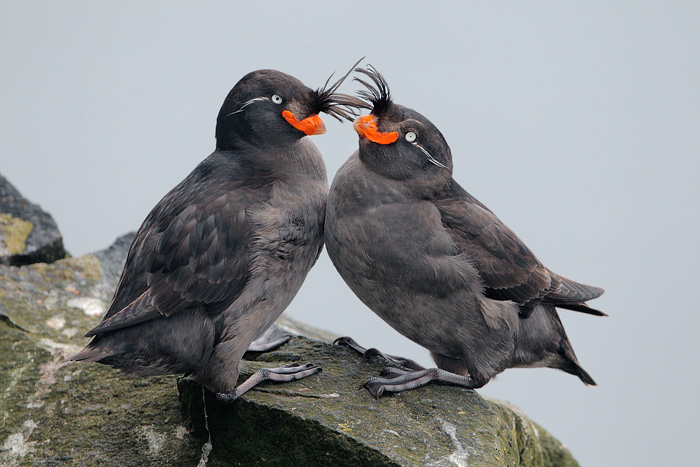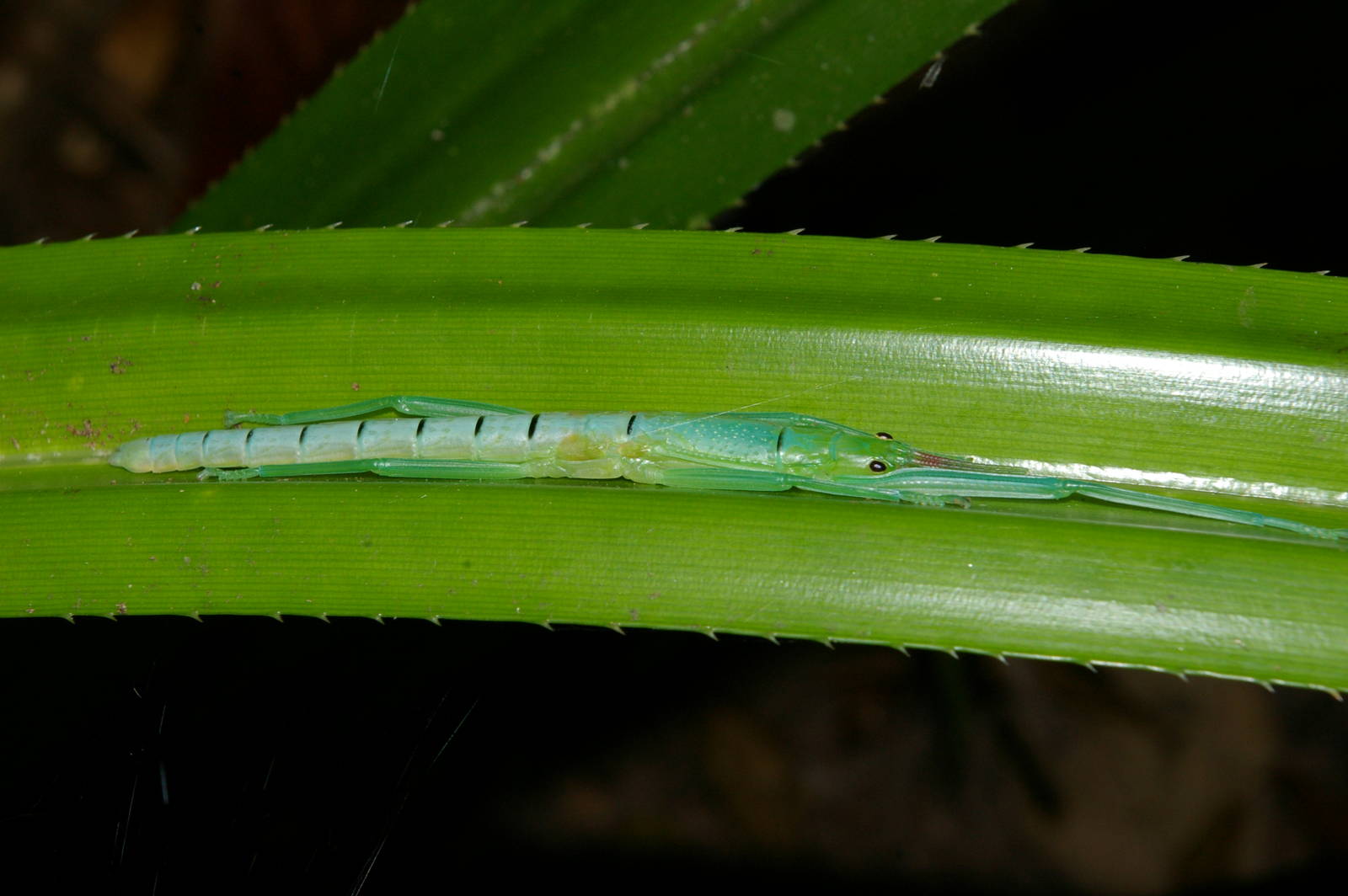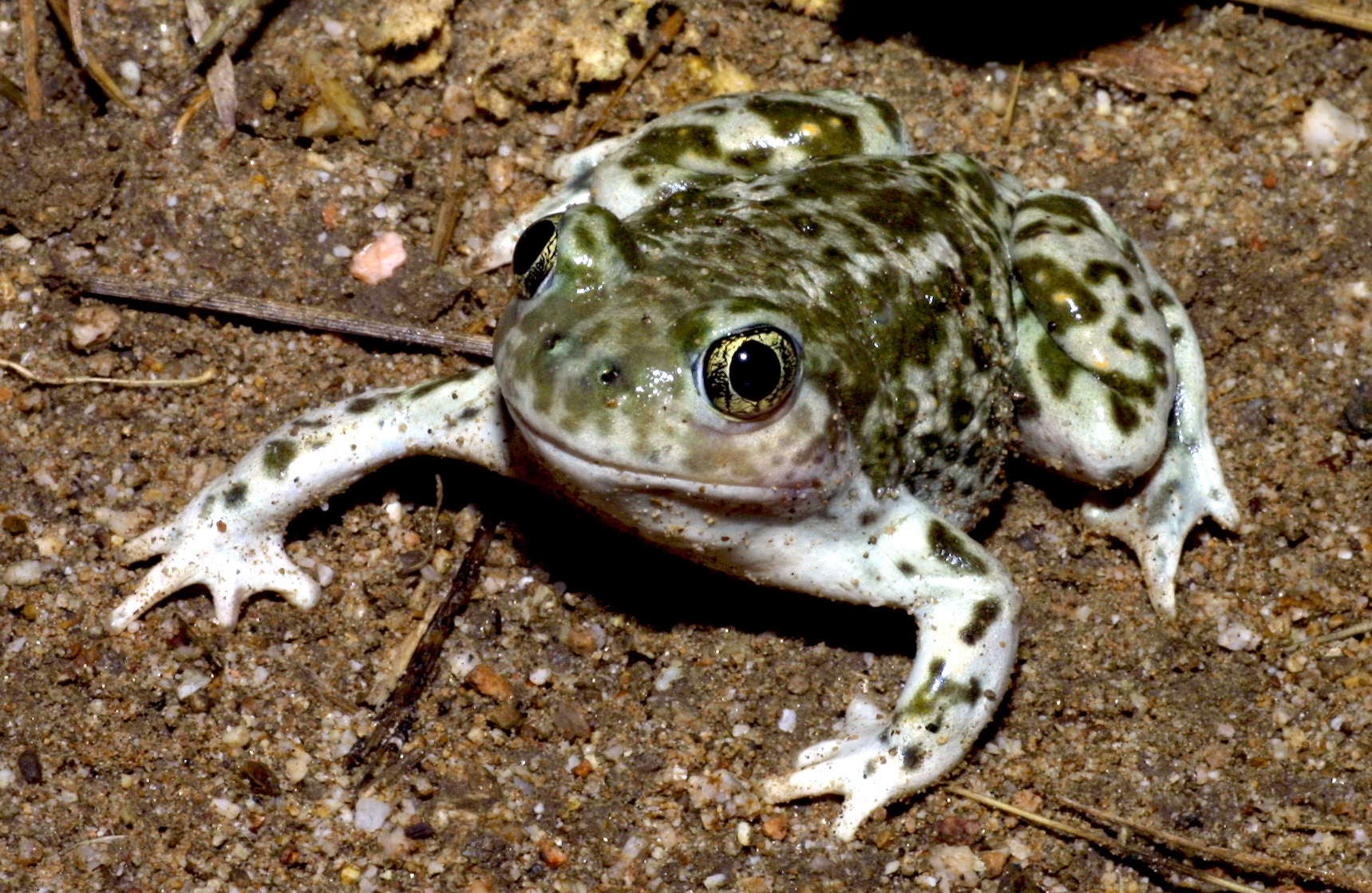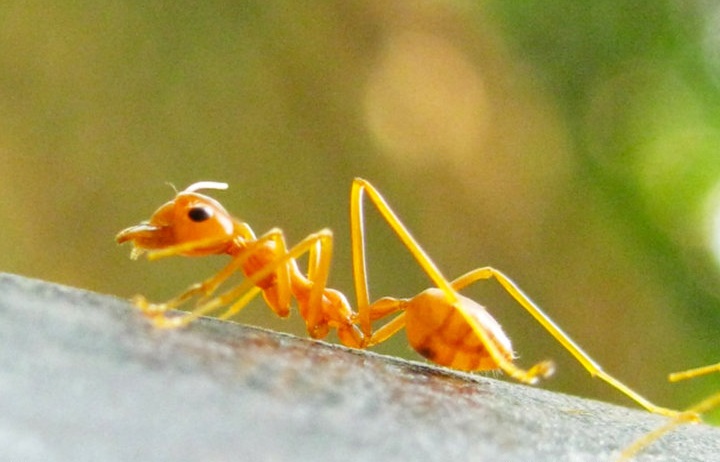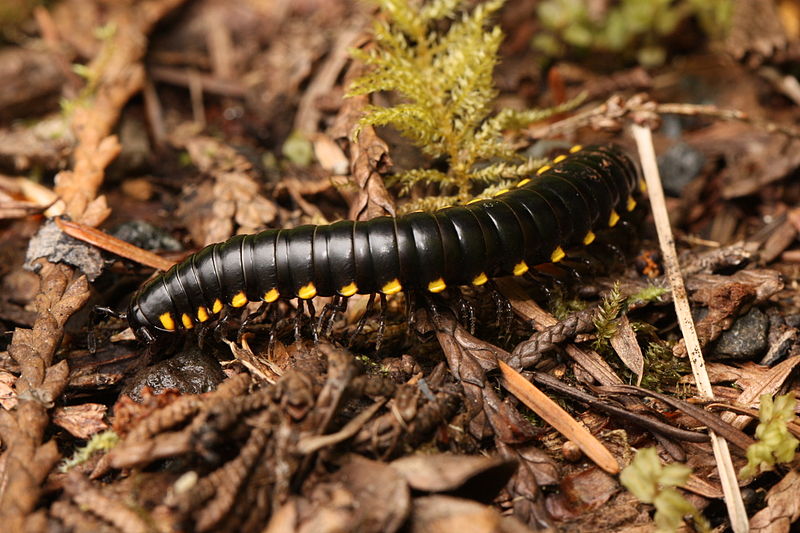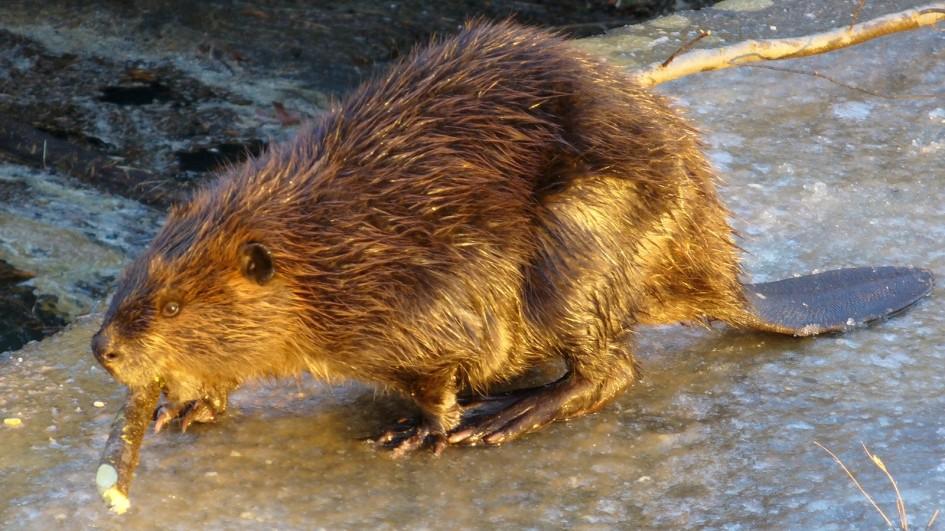From strange animal-eating plants to terrifying underwater creatures, nature is filled with eccentricities that we will never be able to figure out entirely.
Even with all the scientific advances and breakthroughs in biology, there is still so much to be learned about the other species we share the earth with. It seems like every other day we discover something new about the animal and plant kingdom. Take for example this gecko that sheds its scales when provoked and this ocean worm that resembles a tennis ball.
Nature's unique surprises also include a bunch of mammals and insects that smell like food. Yes, really, there's a surprisingly large number of animals that emit scents similar to your favorite snack foods such as popcorn and peanut butter.
We've got a lot of questions for you Mother Nature, but for now let's take a look at 7 animals that will have you questioning whether you're at the zoo or a candy store.
1. Binturongs
Also known as bearcats, these small forest predators are native to Southeast Asia. The animal got its popular moniker from its appearance which resembles a cross between a bear and a cat. Bearcats mark their territory by dragging their butts on tree branches and leaves. The smell which is produced through the animal's anal glands is very similar to hot buttered popcorn. Yum.
2. Crested Auklet
The Alaskan bird, recognizable by its "smiling" orange bill, is known for its fragrant feathers. Next time you catch a whiff of a citrusy fruit, you might want to do a double take because it could be a crested auklet sending a signal to a mate. Julie Hagelin, wildlife biologist, told Nature that "it's like somebody is peeling a tangerine next to you."
3. Peppermint Stick Insect
You've probably guessed by now what this bluish-green insect smells like given its name. When threatened, this stick insect sprays an irritating milky substance that smells like peppermint as a defence mechanism.
Click on the next page for more animals that smell like food and including one whose secretion is used in food flavoring.
4. Spadefoot Toad
These toads are common throughout the United States but they're not as easily spotted as they have the ability to remain underground for extended periods of time. However, one surefire way to distinguish them from other toads is through their distinct smell. The spadefoot smells like peanut butter and interestingly enough, when touched it can trigger an allergic reaction including sneezing and red eyes.
5. Yellow Ants
Yellow ants are more common during the late afternoons of hotter summer months. Unlike their black ant cousins, when disturbed or crushed, yellow ants produce an odor that is similar to that of a lemon. This along with their bright yellow coloring is how they earned the nickname citronella ants.
6. Yellow Spotted Millipede
This North-American millipede can be found in damp forests from California to Alaska. Besides the fact that they have the ability to produce Cyanide, these creepy crawlers emit a nutty, almond-like scent. Andrew Moldenke, a Research Associate in Entomology, Department of Entomology, Oregon State University explains that the "odor of roasted almonds is actually hydrogen cyanide gas, a potent metabolic poison."
7. Beaver
Although they're famously known for their hardworking nature, there's another lesser known fact about beavers that is even more interesting. Beaver butts secrete a musky substance known as castoreum to mark territory. However, the unmistakable vanilla-scented brown slime has been found to be safe for consumption by the U.S. Food and Drug Administration and food manufacturers have been using it to create extracts for years.
You never really know if there's beaver goo in your food because the FDA does not require castoreum to be listed, instead it appears as "natural flavoring." The more you know.
Did you learn something new today? Share your thoughts in the comments!
